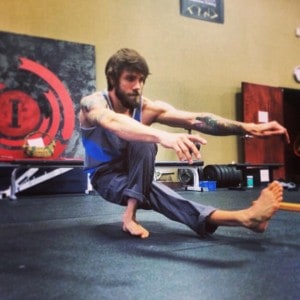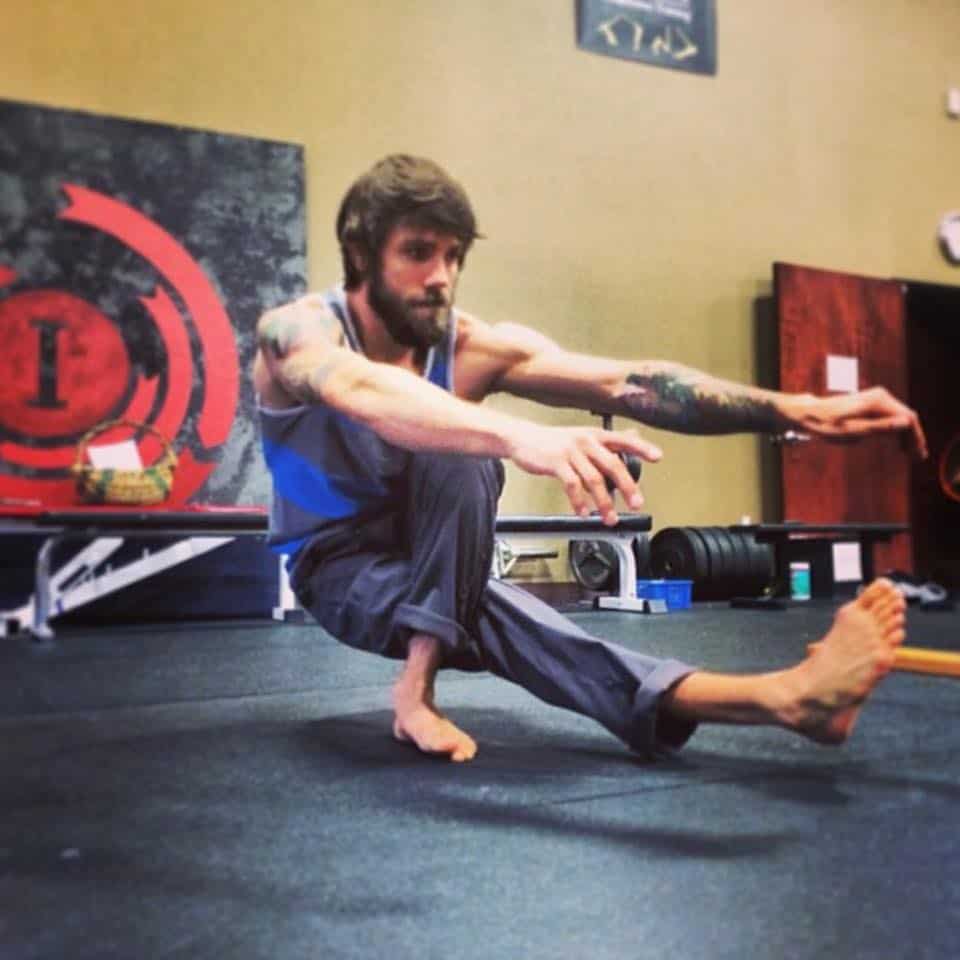
Creating Shortfoot (Arch Collapse, pt 1)
The feet are the first inputs to the brain. They’ve got proprioceptors all over the place. They allow for adaptation, unlock the knee and hip, and promote anticipation before reaction. Shoes kill these gifts. Be barefoot when you train as much as you can. Out of your socks. Hands don’t function the same in gloves. Either do your feet. Left naked you pay attention and utilize them more.
This neuromuscular stuff is important. EVERYTHING is brain training. Optimal motor firing patterns come from anticipation, not reaction. Reaction is too slow. It’s like defending someone in sport. Anticipate and you can contain them; react and they get by you.
All the best movers train barefoot. It’s not a coincidence that those who have best control over their bodies utilize skills of the feet. They are training the subconscious to be one step ahead of the stimulus.
LANGUAGE AND POINTS OF REFERENCE
Unless you’ve been gifted with a neutral foot, most feet are either pronated or supinated, with the larger majority falling into pronation or arch collapse.
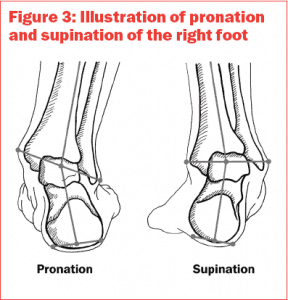 |
| photo credit: pponline.co.uk NOTE THAT THESE ARE BOTH PICTURES OF THE RIGHT FOOT. |
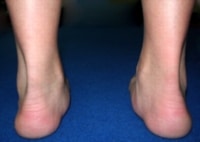 |
| photo credit: barefootstrongblog.com NOTICE HOW THE ACHILLES BOWS IN. |
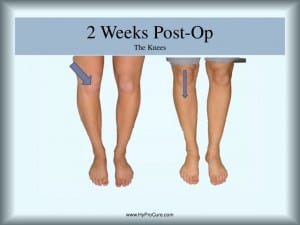 |
| photo credit: slideshare.net |
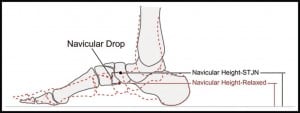 |
| photo credit: physicaltherapyjournal.com |
Eversion is also a term that’s usually lumped into the group, but that’s more about the inward motion of the ankle.
feet rolled in = pronation = fallen arches = navicular drop = internal rotation of the knee = eversion
They all have similar meanings and are often used interchangeably.
feet rolled out = supination = inversion
So what do we DO about pronation? We have to learn to supinate.
We do this by strengthening the tibialis posterior.
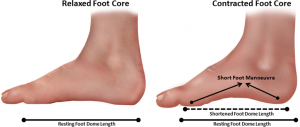 |
| photo credit: denverfitnessjournal.com |
Minimize use of the toes in doing this. If they crease, they’re doing too much manipulation.
Do your best to make it an active foot exercise, not an active toe exercise.
“Imagine there’s gum on the inside ball of the foot and you’re trying to pull back and scrape it off”.
A passive to active sequence looks like this:
- Foot position affects the function of all other joints in the kinetic chain
- How you hold the feet effects how you use the feet
- Barefoot movement training utilizes the intrinsic sensory receptors embedded in the skin of the feet
- An efficient neuromuscular system anticipates positioning within the environment
- Shortfoot creates an arch by dragging the balls of the feet towards the heel
- If the toes can’t get out of the way of the foot, lift them off the ground once the arch has been created to ensure the foot can hold it’s structure all on it’s own
- For those of you with high, rigid arches, train foot mobility (as opposed to no-arch training for stability). The ability to absorb shock is something you probably lack.




